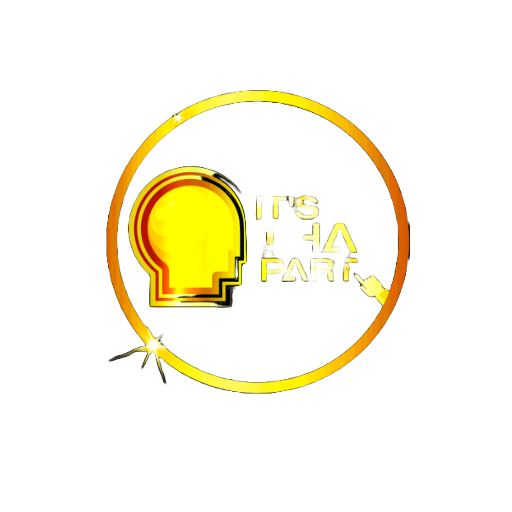The site of Fordo probably is probably the most spied on place on the planet.
Western intelligence first went public in 2009 that it was home to a secret nuclear facility and now understanding the damage done by US strikes will be vital in determining where the conflict goes next.
A leaked Defence Intelligence Agency (DIA) assessment has suggested the core components of Iran’s nuclear programme have not been destroyed and the strikes only set back Iran’s efforts by months rather than years.
But that is only initial assessment and labelled as “low confidence” – the tag comes because it is early days in trying to understand what happened at a place which is deliberately hidden from prying eyes.
The DIA is the Pentagon’s own agency which specialises on military intelligence to support operations. It collects large amounts of technical intelligence but is distinct from other agencies like the CIA.
“Final battle damage will take some time,” Chairman of the Joint Chiefs General Dan Caine said in the immediate aftermath. But what does it mean to destroy or damage the programme and how do you find out?
Satellite images of holes and dust reveal little about what really happened underground. And they do not suggest massive subsidence or a cave-in of the mountain.
That likely indicates that even though the US used multiple bombs, the Iranians used enough reinforced concrete to keep them from reaching the main hall and destroying the machinery inside. It was the first time these bombs had been used operationally, which adds to the uncertainty.
Even so the centrifuge machines, which spin at high speeds to enrich uranium, are highly sensitive which means the explosion will likely have crashed many of them by sending them spinning off their axis.
Developing a clearer picture of the damage will require other forms of intelligence – ranging from seismic detectors which can analyse the depth and magnitude of underground explosions (also used to understand earthquakes), sniffers to look for radiation (which international inspectors say they have not seen), and sensors like LIDAR (light detection and ranging) which can provide 3D maps using laser pulses from aircraft or drones to try and look inside the mountain.
Informers and intercepted communications will also be vital as they may reveal Iranians discussing the damage and its implications. All of that will be constantly updated to provide the final assessment with a higher degree of confidence.
And even if the sites like Fordo were dealt serious damage and made unusable for the moment, as US officials have claimed, that is different from saying it is the end of Iran’s overall programme. That is because it could be reconstituted at new sites.
A fleet of lorries was seen at Fordo just before the attack and the crucial question is what they were moving and where it has gone.
All the indications are that Tehran moved its stock of highly enriched uranium to another location. Another mountain known as “pickaxe” has drawn international attention and Iran may also have moved some of the centrifuges, although almost certainly not enough to make progress at the speed it could have done before the attack.
And even when you have enough highly enriched uranium there are more stages required in making a bomb through weaponisation and developing a delivery system. Those require a level of extremely high specialist scientific knowledge. And one of Israel’s most notable actions at the start of the conflict was to kill scientists involved in the programme in the hope of lengthening the timeline.
The attack will have certainly put back Iran’s programme. But by how much? Any answer depends on working out what remains after attacks and is inevitably going to be an estimate rather than a hard figure.
All of this means that the work of intelligence agencies in trying to understand Iran’s nuclear programme is going to become even more intense in the coming months. And if the signs are Tehran is secretly reconstituting the programme or racing for a bomb then the conflict is likely to begin again.





























